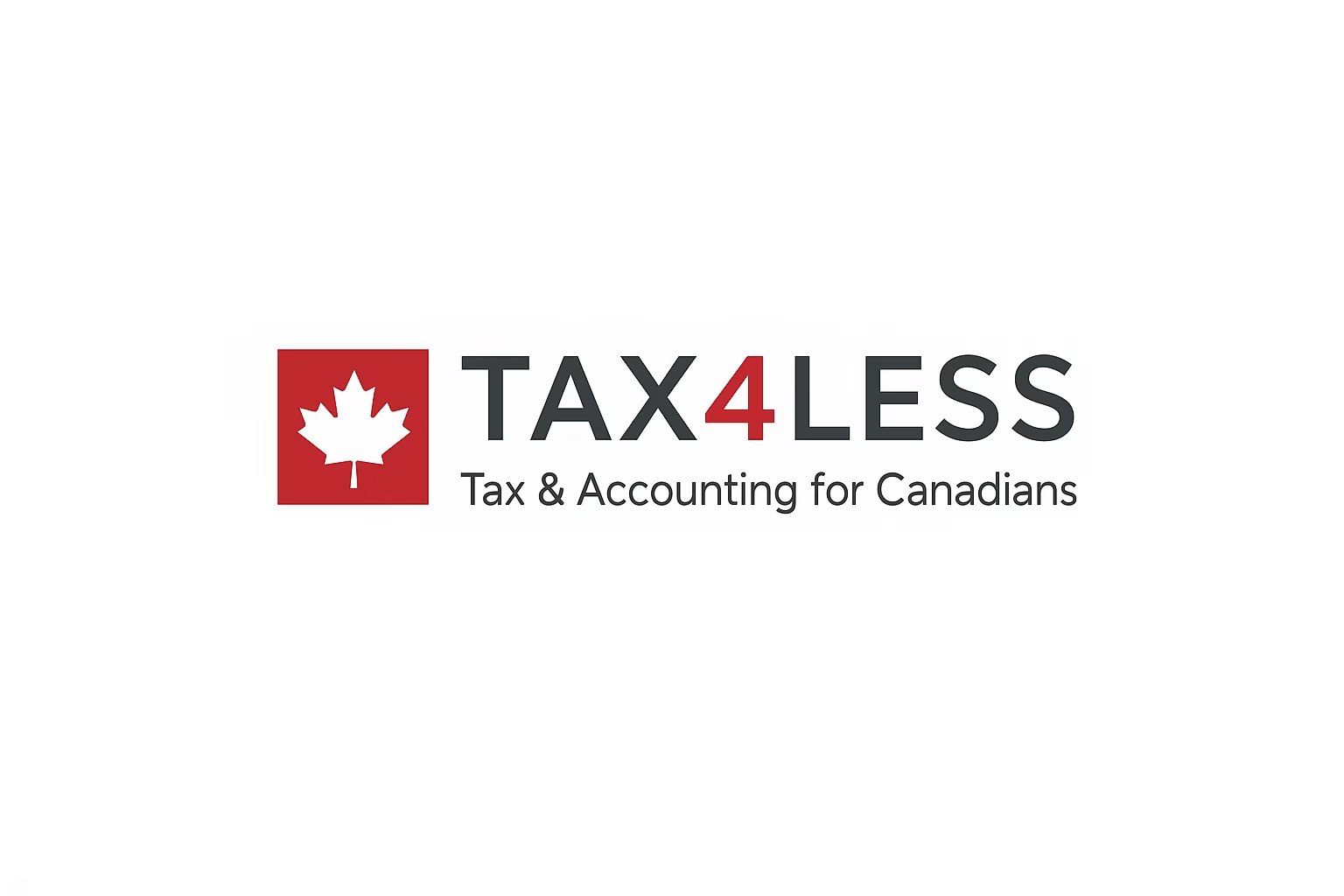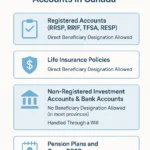Understanding Canada’s Retirement and Savings Plans: RRSP, LIRA, DCPP, DPSP, and EPSP
Planning for your financial future in Canada starts with understanding the alphabet soup of registered savings plans. Whether you’re saving for retirement, changing jobs, or receiving profit-sharing benefits, it’s essential to know what each plan does, how they differ, and how they work together. Here’s a clear breakdown of RRSP, LIRA, DCPP, DPSP, and EPSP.
What Is a Registered Plan?
Registered plans are savings or pension vehicles approved by the Canada Revenue Agency (CRA). They offer tax advantages to help you grow your money. Contributions may be tax-deductible, and investment growth is tax-deferred. Each type of plan has its own rules around contribution, withdrawal, access, inheritance, and purpose.
1. RRSP: Registered Retirement Savings Plan
Purpose: Build personal retirement savings while getting a tax break.
Eligibility: Must have earned income and file taxes in Canada.
Who Contributes: You make contributions; spouses can contribute to each other’s plans.
Tax Benefits: Contributions are deductible; investments grow tax-free until withdrawal.
Withdrawals: Taxed as income unless under HBP or LLP.
If You Die: RRSPs are considered a deemed disposition — the full value is included in your income the year you die unless:
Transferred to a spouse or common-law partner tax-free
Rolled over to a financially dependent child (minor or disabled)
Who Pays Tax: If not rolled over, your estate pays the tax before distribution.
What If You Leave It to Someone Else? That person may receive less, because the estate pays the tax first.
2. LIRA: Locked-In Retirement Account
Purpose: Hold former pension plan money after job change.
Access Age: Normally 55+, must convert to LIF or annuity.
Other Withdrawal Options:
Unlock for hardship (rent, medical, low income)
Small balance unlocking
Non-residency unlocking
If Not Converted: You cannot access it unless you meet unlock criteria.
If You Die:
If you have a spouse, funds automatically go to them tax-deferred.
If no spouse, it goes to your beneficiary or estate, and the amount is fully taxed.
Deemed Disposition: The LIRA value is treated as income unless rolled to spouse.
Who Pays Tax: The estate unless rolled over.
Tip: Always name a spouse or beneficiary to avoid probate and minimize tax.
3. DCPP: Defined Contribution Pension Plan
Withdrawals: Not possible while employed. On leaving, transfer to LIRA.
No Early Access: Cannot unlock until funds are moved.
What Happens If You Die Before Retirement?
Spouse: Automatically receives the full value (usually must convert to LIRA or LIF).
No Spouse: Goes to named beneficiary or estate. Tax applies.
Deemed Disposition: Yes, unless transferred to spouse.
Tip: Ensure you name a beneficiary with your HR department to avoid tax hits.
4. DPSP: Deferred Profit Sharing Plan
Vesting Required: Must wait 2 years (or as defined) to keep the funds.
After Leaving Job: Transfer to RRSP or LIRA.
If You Die:
Before Vesting: Your estate likely gets nothing.
After Vesting: Funds go to spouse (if named), or beneficiary/estate.
Taxation:
Spousal transfer: Tax-deferred
Otherwise, estate pays tax on deemed disposition
Tip: Confirm vesting schedule. If near retirement or switching jobs, wait until vested to avoid loss.
5. EPSP: Employee Profit Sharing Plan
Taxed Immediately: No tax sheltering like RRSP/DPSP.
If You Die:
Considered part of final income; taxed accordingly.
Paid out to estate or beneficiaries.
No Deferral Options: Unlike other plans, this one doesn’t allow rollover.
Who Pays Tax: Estate or recipient depending on how it’s set up.
Tip: EPSPs are best for bonuses, not long-term estate planning.
Comparison Table
| Plan | Who Contributes | Withdrawable? | Tax Deferred? | On Death | Who Pays Tax? |
|---|---|---|---|---|---|
| RRSP | Employee/self | Yes (taxed) | Yes | Spouse gets tax-free, others taxed | Estate or recipient |
| LIRA | From employer plan | No (until 55+ or unlock) | Yes | Spouse tax-free, others taxed | Estate unless rollover |
| DCPP | Employer + employee | No (while employed) | Yes | Spouse tax-free, others taxed | Estate or beneficiary |
| DPSP | Employer | No (until vesting/job end) | Yes | Vested amount paid, taxed | Estate or recipient |
| EPSP | Employer (maybe employee) | Yes (taxed immediately) | No | Paid to estate/beneficiaries | Taxed as income |
Final Thoughts
Each of these plans plays a different role — some are great for retirement income, others for employer incentives. But what they all have in common is: you need to know the rules now to avoid regrets later. That includes understanding who inherits, how tax works, and what happens when life changes.
If you die with a registered plan, who gets it — and how much tax they pay — depends on the type of plan and your beneficiary choices. Always review your designations, keep records up to date, and talk to a financial planner if unsure.
📌 In the next article: We’ll break down exact withdrawal rules, provincial exceptions, and tax forms — especially for Ontario, Alberta, and BC.
 Need Help? Book a Consultation
Need Help? Book a Consultation
Navigating car deductions and HST rules can be a maze, especially with luxury vehicles or mixed-use scenarios. Don’t guess — talk to a pro.



Take this Simple Quiz to get your recommendation on Which Canadian Savings Plan You have?
1. Are you saving for retirement on your own (not through an employer)?
2. Do you currently have an employer pension or profit-sharing plan?
3. What kind of plan is it?
4. Have you left a job where you had a pension or profit-sharing plan?
5. Are you age 55+ or facing financial hardship (e.g. eviction, medical costs)?
- beneficiary rules
- business tax preparation
- Canada retirement planning
- corporate tax services
- CRA rules
- DCPP
- DPSP
- EPSP
- estate planning
- financial planning Canada
- investment accounts
- LIRA
- locked-in accounts
- payroll management
- pension plans
- personal finance Canada
- personal tax returns
- profit sharing
- registered savings plans
- retirement income
- RRSP
- Tax & Estate Planning
- tax compliance Canada
- tax on death
- tax planning Canada
- tax-deferred savings
- Tax4less
- tax4less.ca
- Tax4Less.ca Inc

 Previous Post
Previous Post